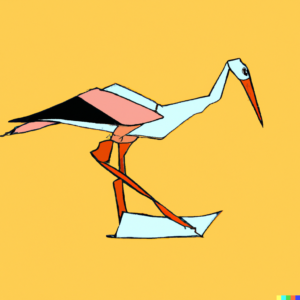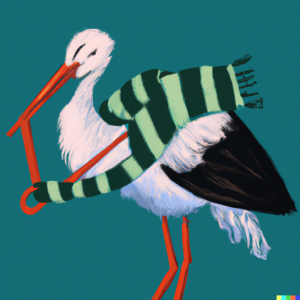Birds of a Feather sessions are an opportunity for like-minded individuals to come together and chat informally external to the hustle and bustle of an event. For this year’s Tech Camp, we’re having some craft sessions!


Knitting
Tuesday July 18, 2023, 4-5pm AEST
Hosted by Amy Miniter
Outline
What should I bring?
Needles and yarn – or another type of craft project (cross stitch, crochet, quilling etc…) if that’s your thing!
I have never knitted anything before in my life. Can you teach me?
Absolutely! We will have someone on hand to help with knitting. All you need is a set of needles and some yarn: we’ll show you the rest.
I don’t have any needles or yarn. Where should I buy these?
Starting a new craft is expensive. Op shops are a great place to look for materials if you are new to knitting and don’t want to make a big investment before you know that you like it.
Any major craft store will carry yarn and needles. We recommend checking to see if there’s an independent craft or knitting store near you.
Needles
Look for 3.0mm, 3.5mm, 4.0mm or 4.5mm needles. Needles are made from a variety of materials like metal, bamboo, lacquered wood and plastic. All knitters tend to gravitate towards a particular material as they gain experience, but all needles will ultimately knit and it doesn’t matter which one you buy. If you’re looking at your local op shop, don’t buy any needles with a noticeable bend in them as they will be awkward/impossible to knit with and make sure that no ends have snapped off.
Yarn
A commercially produced yarn is easiest for beginners as they are usually tightly spun and it’s harder to split your yarn as you knit. Natural fibres are nicer to work with, so try to avoid polyester. As yarn in op shops may not have their tag attached, look for yarn that feels soft and doesn’t have a noticeable ‘plasticy’, reflective quality. Aim to buy yarn of a Double Knit (8ply) thickness. If the yarn is missing its label, Double Knit yarn will be neither too small nor too thick.
Origami
Wednesday 19 July, 2023, 4-5pm AEST
Hosted by Karen Seligman
Outline
What is origami?
Origami is the name commonly associated with the craft of paper-folding. Sheets of paper are folded into models resembling plants, animals or other objects, or into complex, sculptural shapes. Origami is a Japanese term, although many other cultures have their own long history of paper-folding practices.
What if I have never done origami before?
Don’t worry, we will have a range of instructions on-hand, from very easy to more advanced. We can tackle a design together, or you can try something on your own.
Chances are, you have probably tried origami as a kid, even if you haven’t done any for a while. If you have ever made paper cranes, water bombs, ninja stars or chatterboxes / fortune tellers, you have done origami before!
What materials will I need?
All you need to bring is yourself. We will provide paper squares and instructions.
Origami designs are usually based on square-shaped paper. The best paper to use is specialist origami paper, which can be purchased cheaply at Daiso (a chain of Japanese variety stores; there are several Daisos in the Melbourne CBD). “Craft Squares” are also available from stores such as KMart and Officeworks, although these are thicker and harder to fold into more complex designs.
Isn’t origami just for kids?
Origami is often associated with kids/childhood, although it is a highly sophisticated artform! Advanced origami can result in large, intricate, sculptural 3D artworks.
Origami is a great STEAM activity that teaches concepts including symmetry, geometry, precision, concentration, hand-eye coordination and sequential thinking. Origami also has a mindfulness dimension, as it is a quietening activity that encourages us to focus on the present. In fact origami has been used in therapy settings for different age groups.
Origami concepts have also inspired advances in fashion design, architecture, biomedicine and space engineering – check out this National Geographic article for a good overview.